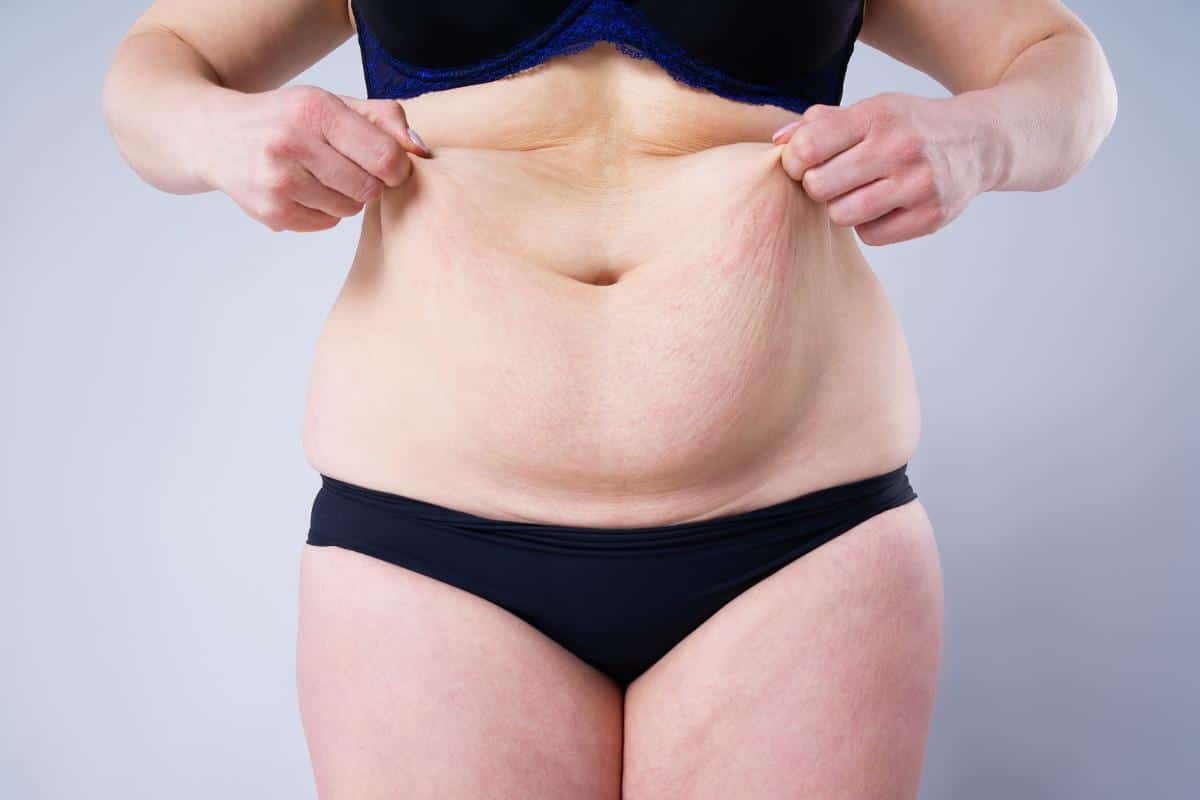Can Weight Loss Cause Loose Skin? Here’s What You Need to Know
Losing weight is a fantastic achievement and a big step toward a healthier you. But after shedding those extra pounds, you may notice something unexpected—loose skin. If this sounds familiar, you’re not alone. Many people experience sagging or loose skin post-weight loss, and it can feel frustrating after working so hard.
The good news? You’re not powerless in dealing with it. This blog dives into why loose skin happens after weight loss, how to manage it, and options to regain confidence in your body.

Why Does Weight Loss Cause Loose Skin?
How Your Skin Works
To understand why weight loss causes loose skin, it’s helpful to know how skin works. Your skin is made up of several layers, including proteins like collagen and elastin.
- Collagen gives skin its strength and firmness.
- Elastin makes skin stretchy and able to “snap back” to its original shape.
When you gain weight, your skin stretches over time to accommodate the fat underneath. If you’ve carried excess weight for a long time, your skin may lose some of its elasticity, making it harder to shrink back fully after weight loss.
The Role of Weight Loss Speed
How quickly you lose weight also plays a role. Rapid weight loss, such as through crash diets or bariatric surgery, doesn’t give your skin enough time to adjust to your new shape, leaving you with looser skin compared to gradual weight loss.
Age and Genetics Matter, Too
Unfortunately, some of this comes down to factors beyond your control. The older you are, the less collagen and elastin your skin has, making it harder to bounce back. Genetics also plays a major role, some people just have skin that’s naturally more elastic than others.
Where Does Loose Skin Typically Show Up?
Loose skin can appear pretty much anywhere you lose significant fat, but the most common areas include:
- Stomach
- Thighs
- Arms (hello, “bat wings”)
- Neck and face
- Lower back
This can vary depending on where your body tended to store the most excess weight.
Does Loose Skin Go Away on Its Own?
Here’s the truth, sometimes it does, and sometimes it doesn’t. If you’ve only lost a moderate amount of weight or are younger with good skin elasticity, your skin may naturally tighten up over time. However, for people who have lost a lot of weight or carried it for years, loose skin may be more permanent.
But don’t worry, there are steps you can take to improve your skin’s appearance.
How to Manage Loose Skin After Weight Loss
1. Build Muscle
Strength training isn’t just for bodybuilders, it’s a great way to tighten up your body after losing weight. By building lean muscle, you can “fill in” some of the space where fat used to be, creating a firmer, toned appearance.
Focus on full-body resistance training exercises, like squats, push-ups, and rows, 2–3 times a week.
2. Stay Hydrated
Your skin needs water to stay supple and healthy. Drinking plenty of fluids helps maintain elasticity, which may help your skin recover better after weight loss. Aim for at least 8 glasses a day.
3. Eat for Skin Health
Foods rich in collagen-boosting nutrients like vitamin C, zinc, and protein can support your skin’s recovery. Try adding these to your diet:
- Citrus fruits (oranges, lemons)
- Leafy greens (spinach, kale)
- Protein sources like chicken, eggs, or beans
- Nuts and seeds for healthy fats
4. Skincare Routine
A consistent skincare routine can help improve your skin’s texture and elasticity. While creams won’t fix loose skin entirely, products with ingredients like retinol or hyaluronic acid can help boost collagen production and keep your skin moisturised.
5. Massage and Skin Treatments
Regular massages can boost blood circulation, which helps your skin heal. For something more advanced, treatments like radiofrequency therapy or micro-needling can improve skin tightness by stimulating collagen production.
6. Be Patient
It can take months, or even years, for your skin to adjust after weight loss. Give yourself grace as your body continues to adjust. Celebrate your progress and focus on how much healthier you’ve become.
When to Consider Surgery
If loose skin is causing you significant discomfort, whether physical or emotional, plastic surgery may be an option to explore. Procedures like a tummy tuck, arm lift, or body contouring surgery can remove excess skin and reshape your body.
However, surgery is a big decision. Here are a few things to consider before taking this step:
- Cost and recovery time
- Achieving a stable weight first
- Risks and scarring
Always consult a qualified plastic surgeon to discuss your options thoroughly.
Loose Skin Doesn’t Define Your Success
Shedding excess weight is an incredible achievement, and loose skin doesn’t take away from what you’ve accomplished. While it’s natural to feel self-conscious, remember that your body is a work in progress, a testament to how far you’ve come.
No matter what, the decision to address loose skin, keep it as it is, or pursue surgery should always come from a place of self-love and empowerment.
Final Thoughts
If you’re dealing with loose skin after weight loss, the most important thing is to be patient with yourself. Start incorporating healthy habits like resistance training, hydration, and good nutrition, and don’t rule out professional guidance if needed.
Remember, every bit of effort you’ve made toward improving your health is worth celebrating, and loose skin is just one chapter in your transformation story.